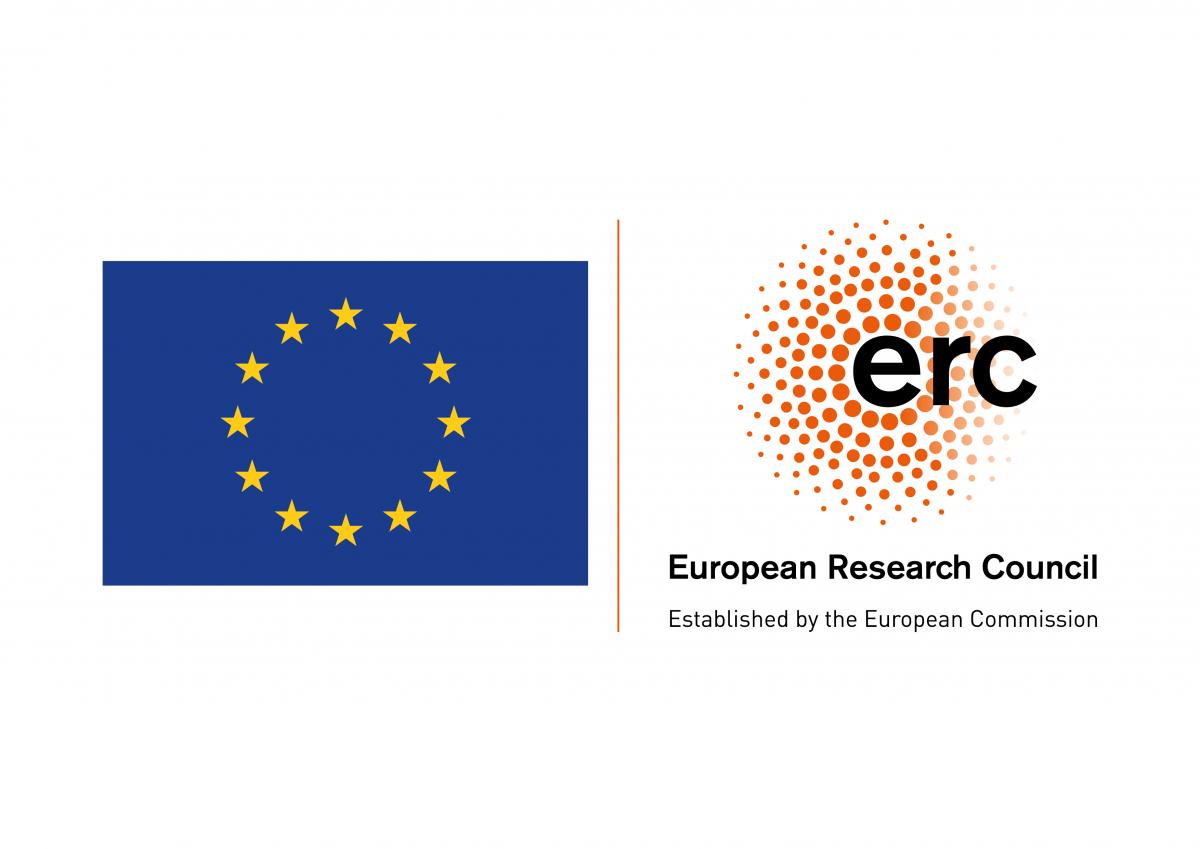GLAM! Galaxy Line Analyzer with MCMC
Python routines developed to derive the ISM properties from observed [OIII] vs [CII] ratios in high-z galaxies
This project is maintained by lvallini

General purpose and references
In this repository you can find the Python code that will allow you to derive the gas density, metallicity, and deviations from the Kennicutt-Schmidt relation of a galaxy with known star formation rate surface density (Sigma_SFR) and [CII] and [OIII] surface brightness.
Details on the rationale, the model implementation, and on the equations are discussed in the following papers:
The repository contains the following files:
-
ExampleNotebook-v2.ipynb, a Jupyter Notebook exemplifying how to set your input data, run the MCMC model, and plot the resulting likelihood distribution for the gas density, gas metallicity, and deviation from the Kennicutt-Schmidt relation.
-
cooling_rates.py, emission_models.py, empirical.py, ion_structure.py gather all the analytical equations (mostly from Ferrara et al. 2019) for the calculation of the [CII] and [OIII] surface brightnesses.
-
MCMC_routines.py gathers all the routines related to the implementation of the Markov Chain Monte Carlo algorithm.
You can clone (or download) the entire repository and try the model with input data and priors of your choice.
Requirements
The code runs in Python 3.0. The modules require numpy, scipy, matplotlib, Pyneb, emcee, corner.
The codes can also run in Python 2.7. Tested with emcee==3.0.2
Acknowledging this code in Scientific Publications
@ARTICLE{Ferrara:2019,
author = { {Ferrara}, A. and {Vallini}, L. and {Pallottini}, A. and {Gallerani}, S. and {Carniani}, S.
and {Kohandel}, M. and {Decataldo}, D. and {Behrens}, C.},
title = "{A physical model for [C II] line emission from galaxies}",
journal = {\mnras},
year = 2019,
month = oct,
volume = {489},
number = {1},
pages = {1-12},
doi = {10.1093/mnras/stz2031},
archivePrefix = {arXiv},
eprint = {1908.07536},
primaryClass = {astro-ph.GA},
adsurl = {https://ui.adsabs.harvard.edu/abs/2019MNRAS.489....1F},
}
@ARTICLE{Vallini2021,
author = {{Vallini}, L. and {Ferrara}, A. and {Pallottini}, A. and {Carniani}, S. and {Gallerani}, S.},
title = "{High [OIII]/[CII] surface brightness ratios trace early starburst galaxies}",
journal = {arXiv e-prints},
keywords = {Astrophysics - Astrophysics of Galaxies},
year = 2021,
month = jun,
eid = {arXiv:2106.05279},
pages = {arXiv:2106.05279},
archivePrefix = {arXiv},
eprint = {2106.05279},
primaryClass = {astro-ph.GA},
adsurl = {https://ui.adsabs.harvard.edu/abs/2021arXiv210605279V},
adsnote = {Provided by the SAO/NASA Astrophysics Data System},
}
Funding
This work is supported by the ERC Advanced Grant INTERSTELLAR H2020/740120 (PI: Ferrara).
Part of the work of LV has been supported by funding from the EU Horizon 2020 research and innovation program under the Marie Sklodowska-Curie Grant agreement No. 746119.
